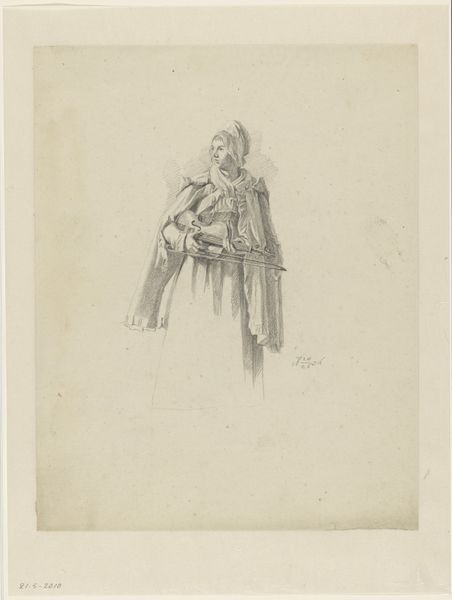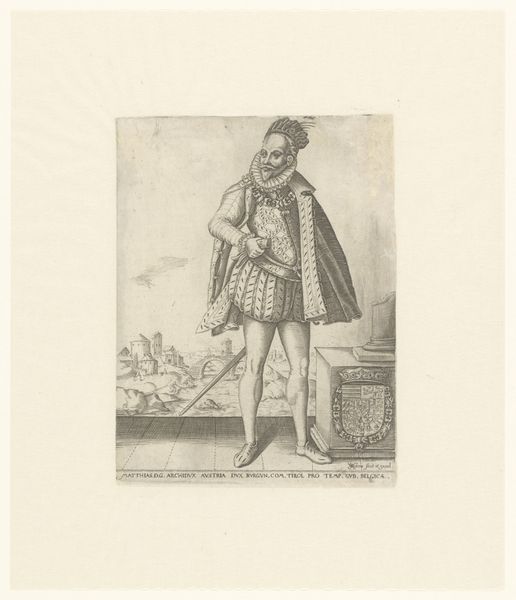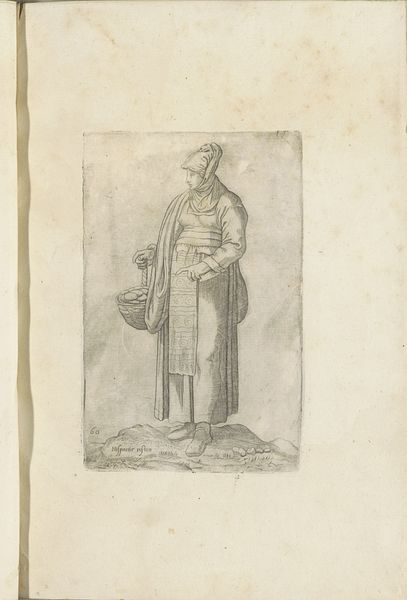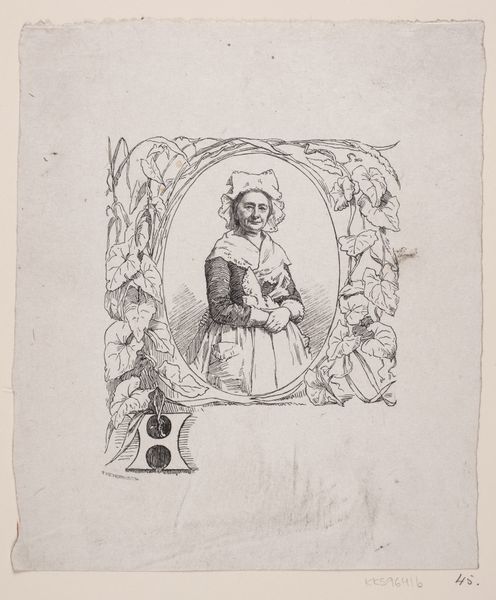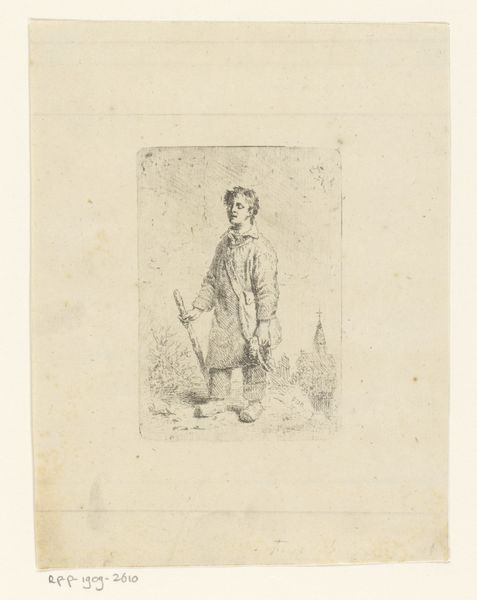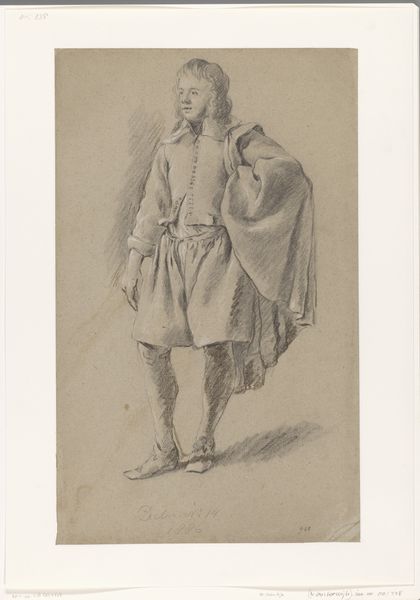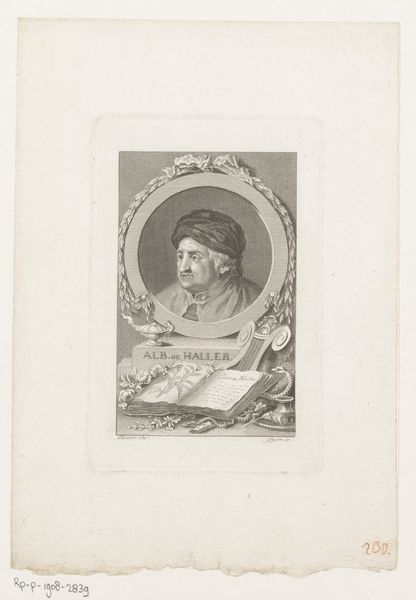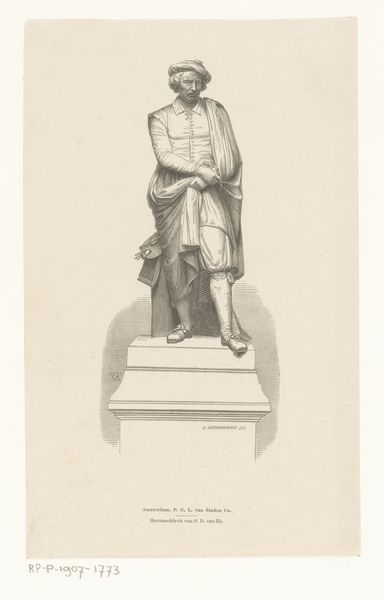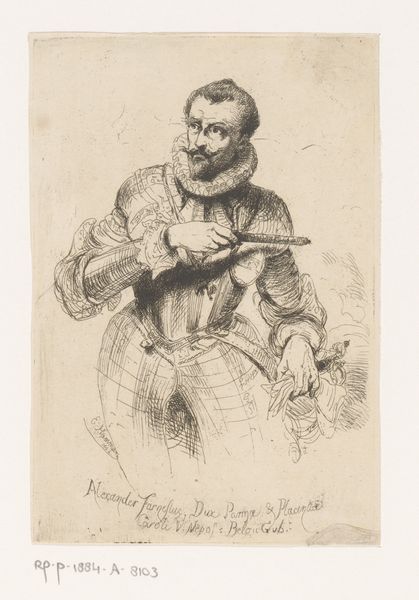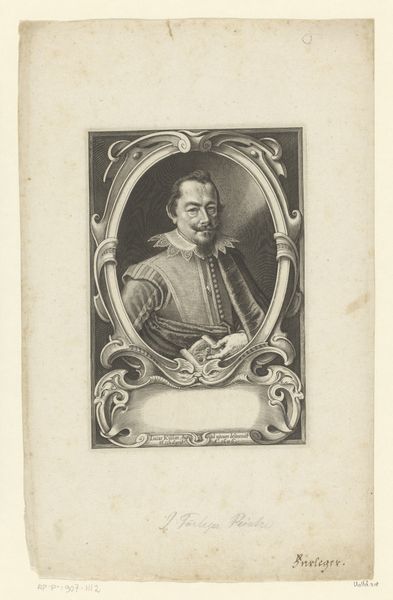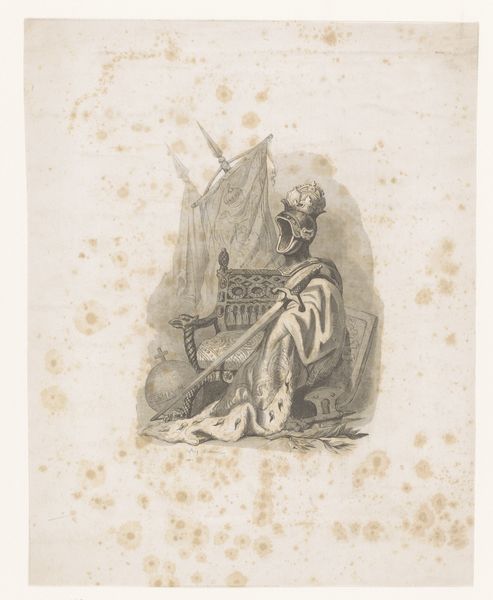
drawing, paper, pen
#
portrait
#
pencil drawn
#
drawing
#
pencil sketch
#
asian-art
#
paper
#
pen
#
history-painting
Dimensions: height 217 mm, width 160 mm
Copyright: Rijks Museum: Open Domain
Editor: This is a 19th-century pen and pencil drawing on paper titled "Portret van Daoguang" by F. Richter. It strikes me as incredibly detailed, especially given its relatively small scale. The intricate patterns on the emperor's robes are captivating. What draws your attention to this work? Curator: The interplay of light and shadow, meticulously rendered through varied line weights, is what immediately seizes my attention. Observe how Richter utilizes hatching and cross-hatching to delineate the voluminous folds of the Daoguang Emperor's garments, achieving a remarkable sense of depth and texture on a two-dimensional plane. Note also the subtle tonal gradations that sculpt the Emperor’s face, imbuing it with a sense of gravitas and individual character. How do you perceive the composition in relation to traditional portraiture? Editor: I suppose it adheres to convention in some ways, with the formal pose and focus on regal attire. But the liveliness of the line work feels different than the stoic, painterly depictions I am used to. It also seems less about idealization and more about observation. Is that fair to say? Curator: Indeed. One can certainly argue that the linear precision eschews overt idealization. The emphasis on graphic representation, foregoing the softening effects of paint, arguably prioritizes empirical observation and descriptive accuracy. Editor: I learned that a focus on line quality can be just as powerful as brushwork in creating depth and mood. Curator: Precisely. It demonstrates the intrinsic properties of line and its powerful capacity for modelling form.
Comments
No comments
Be the first to comment and join the conversation on the ultimate creative platform.
